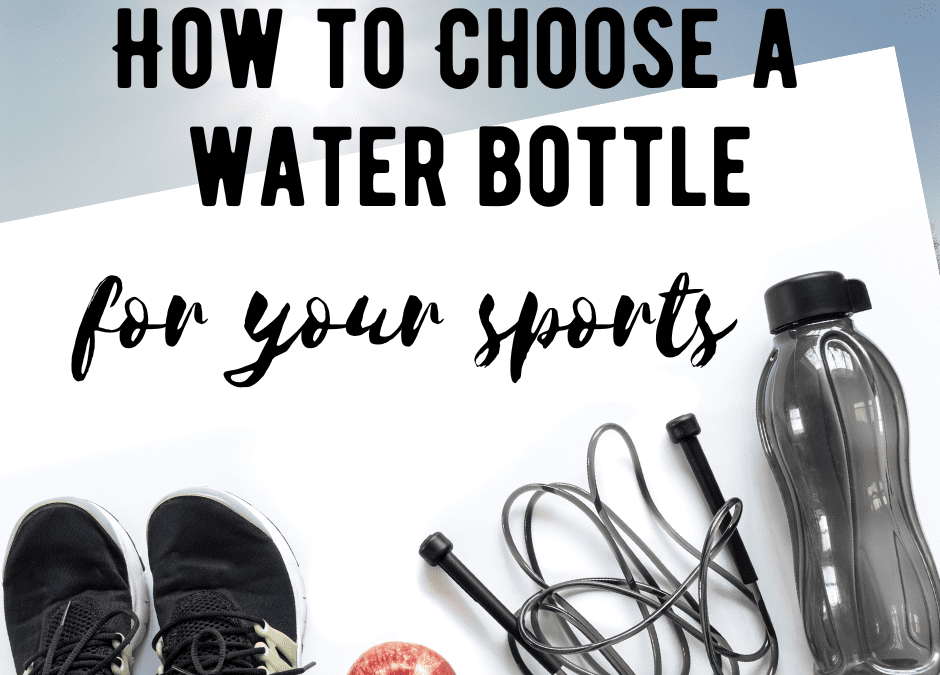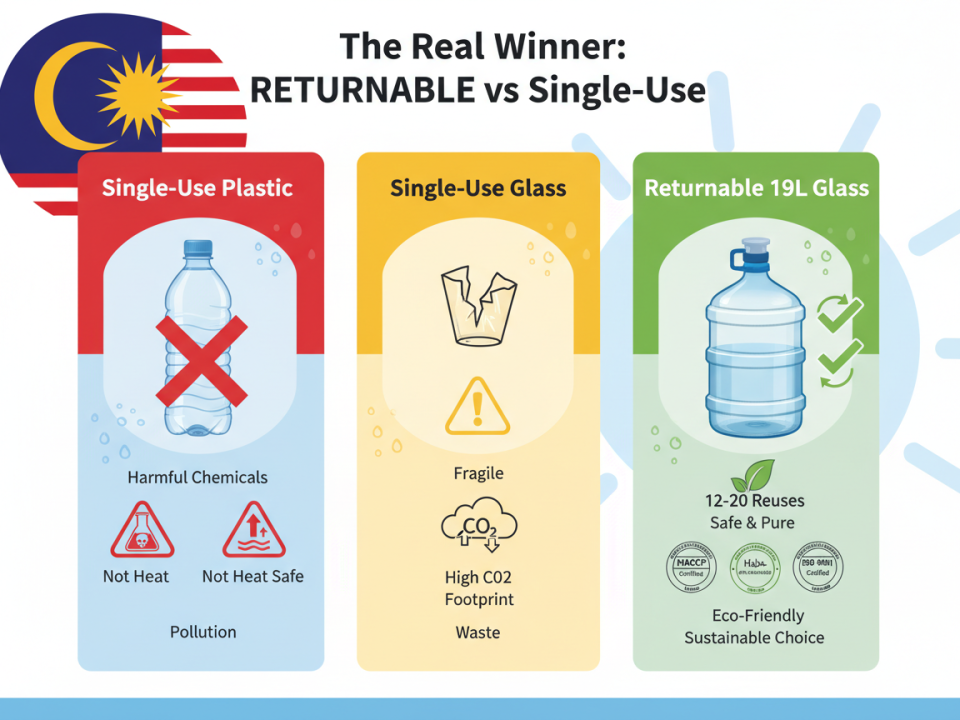
Water Tips For Efficient Exercise
18/06/2022
The Benefits of Outsourcing for Businesses
07/07/2022There are so many types of sports bottle in the market. There are so many in different materials and forms. We were curious & did some fact finding on what designs or features that one should consider when buying the water bottle for your sports activity
CYCLING
Hydration on-the-go is easy with cycling water bottles that offer easy access to hydration. You will feel better, ride longer, and ride better with riding water bottles. You can find a bottle for every type of cycling, from classic squeezy designs to insulated options.
Designs and features vary but when looking for the best water bottle for cycling, here’s what to consider.
-
Shape: It needs to fit snugly in the bike’s bottle cage without rattling, so look for a bottle where the indent is not too high up. 500ml should be the minimum standard capacity for a practical water bottle
-
Squeezability: You want a bottle that’s flexible enough to deliver a good gulp when you squeeze it, plus boost the flow rate at the valve
-
Flow rate: Works with the squeeze of the bottle to make for easy drinking, even when you’re on your bike
-
Nozzle: Does it lock? Nozzles with a tight closure will mean fewer leaks, whatever terrain you’re riding. Sports caps give you no-hands control over the bottle’s opening and closing. It’s also a good idea to have a nozzle cap, particularly when mountain biking, so that it stays free from splatters
-
Neck width: The wider the better. This allows more space for adding energy powders, plus it will be easier to negotiate taps and fountains when filling. It also makes it easier to clean
-
Grippiness: For drinking on the go, a bottle with a textured outer will be easier to grip with sweaty or wet hands
-
Insulation: Bottles with insulation will keep your drink colder for longer or, on truly cold days, it can stop it freezing
RUNNING
Like cycling, hydration on-the-go is just as important in running.
Designs and features vary but when looking for the best water bottle for running, here’s what to consider.
-
Capacity: How much water do you need to carry? One way to know how much water that you need is to determine your sweat rate, so you can hydrate smarter. If you are planning to run a half marathon or marathon, you will need more water when training than someone who is training for a 5K. If you typically run somewhere that has water fountains or places where you can refill your bottle, you might not need or want a large water bottle. Also if you live in a warmer climate, you may need more water than someone living in an area with more temperate summers.
-
Type of bottles :There are different types of water bottle flasks. There are both hard or soft flasks. The benefits of a hard flask is that it is firmer in your hand and less likely to squirt out. With the soft flasks, you don’t hear any water sloshing. There are also insulated and non-insulated flasks. The insulated will keep your liquid cooler in the hot summer months and protect your hands from getting cold during the winter months, but they are typically more expensive.
-
Weight: he best running water bottles are lightweight, easy to carry, and will allow you to carry enough water for the entire duration of your run. Not only that, but they also help to keep your drink cold for longer periods.
-
Carrying options : The majority of water bottles need to be held in hand which could be annoying. There are options such as running belt or carrying backpack. But there are options for people who want to hold the bottles – they are egonomically designed flasks that are comfortable to hold and made of flexible materials. There is also holder such as a strap to hold onto your arm.
-
Insulation: Bottles with insulation will keep your drink colder for longer however insulated bottles are usually heavier.
HIKING
Hiking is increasing popular. Hiking more often than not could take up to at least 4 hours for a 8km return. Which means one need to make sure they bring enough water to support the hikes
Designs and features vary but when looking for the best water bottle for hiking, here’s what to consider.
-
Capacity: It is recommended to have at least 500ml & up to 1L at least since hiking are usually longer than usual and at location where drinking water is not readily available.
-
Weight: This is easy- it is recommended to use the lightweight bottles as it will minimise the strain on your body.
-
Insulation: Bottles with insulation will keep your drink colder/warmer for longer. Depending on the weather type of where your are hiking, if the increase in weight is something you are more concern with than the temperature of your water – going with a light weight bottle may be the way to go.
-
Opening: It’s a great advatange if the opening of your insulated bottle allows easy refilling and cleaning by being relatively wide. A wide opening also allows you to insert ice cubes in warm conditions. The bottle should also be easy to open or close – even while wearing gloves.
Source:
https://www.bikeradar.com/advice/buyers-guides/
https://www.expertreviews.co.uk/fitness-equipment/
https://www.fleetfeet.com/best-running-gear/water-bottles
Home gym photo created by pvproductions – www.freepik.com
Related posts
28/11/2025
29/09/2025
31/08/2025




